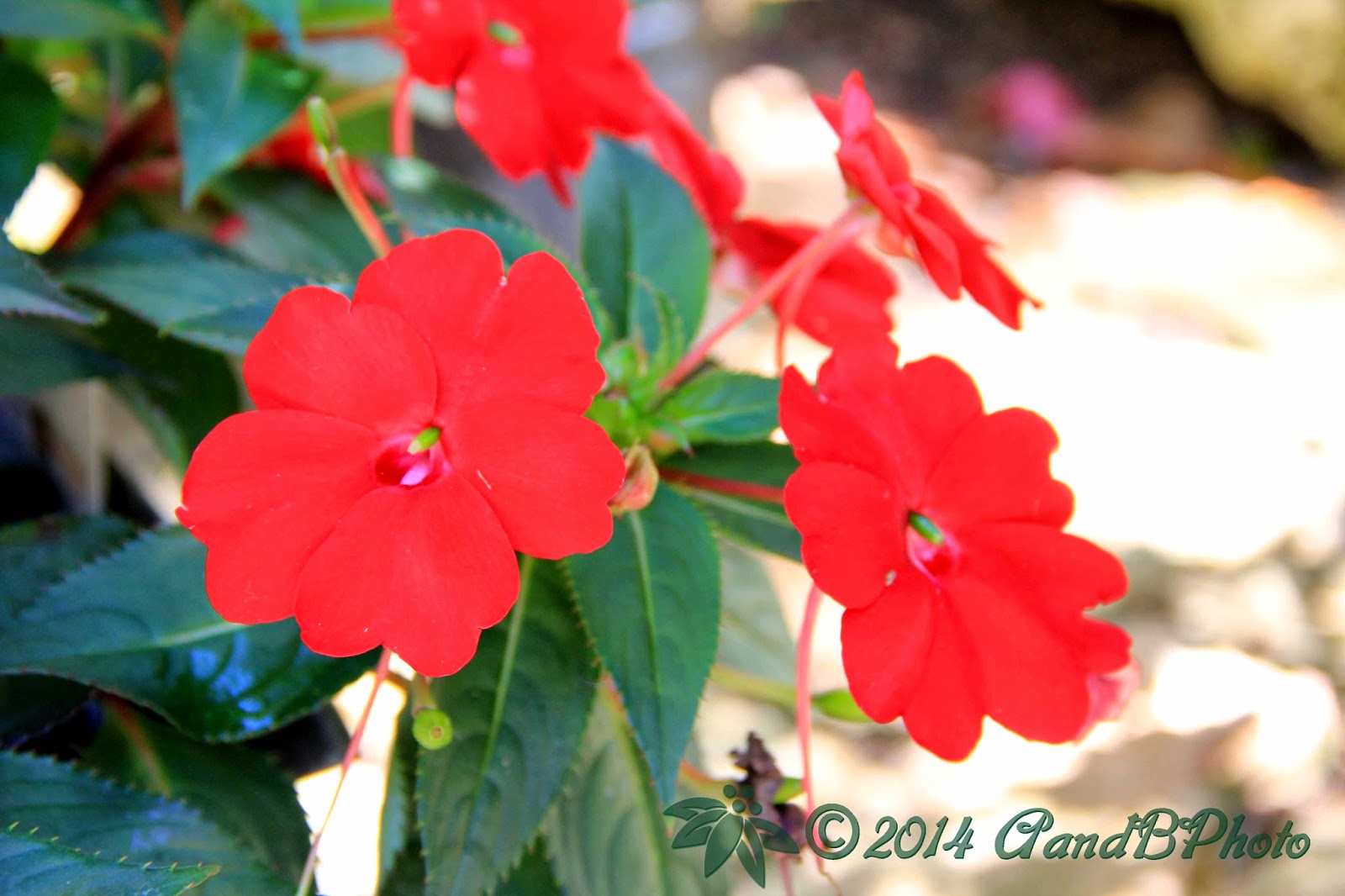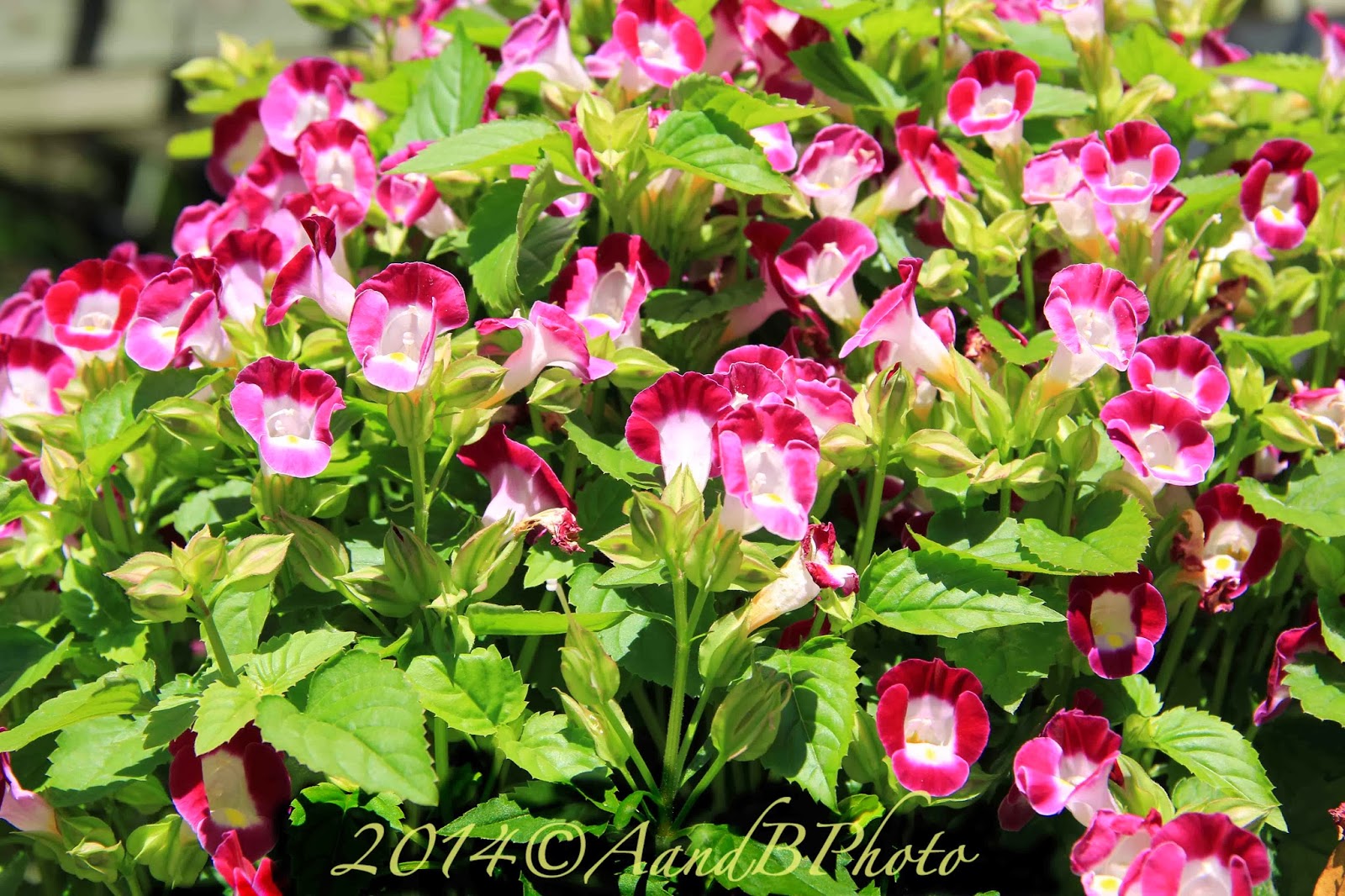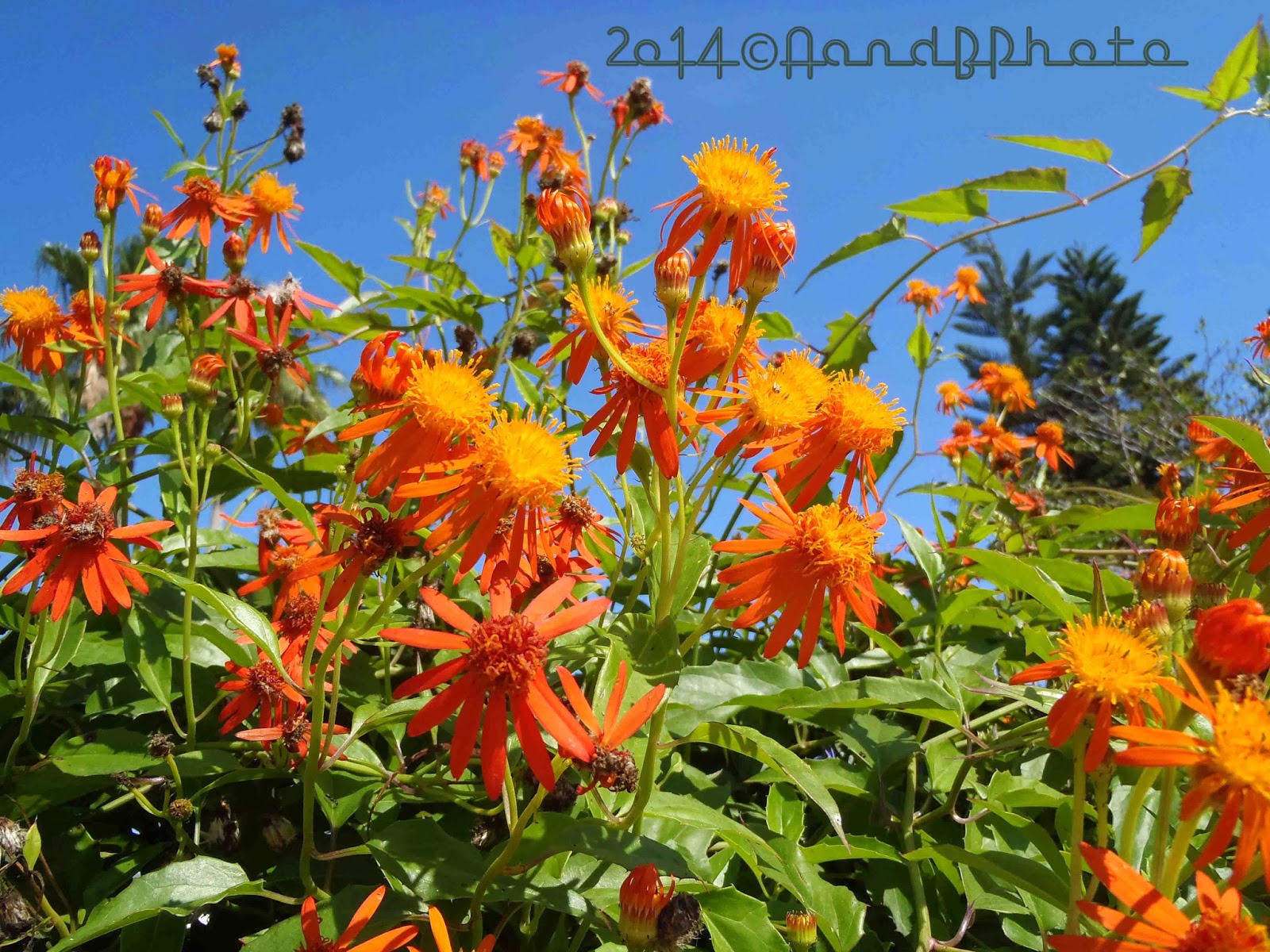Kalanchoe Delagoensis
Mother of Millions
This one took me a while to find. It's a succulent plant native to Madagascar and it's flourishing at the end of my street. Due to it's popularity as a garden plant and it's drought tolerance, the mother of millions is becoming an invasive weed in places like Eastern Australia and many Pacific Islands. It can cause cardiac poisoning especially in grazing animals and is blamed for the death of 125 head of cattle in NSW in 1997.


















































